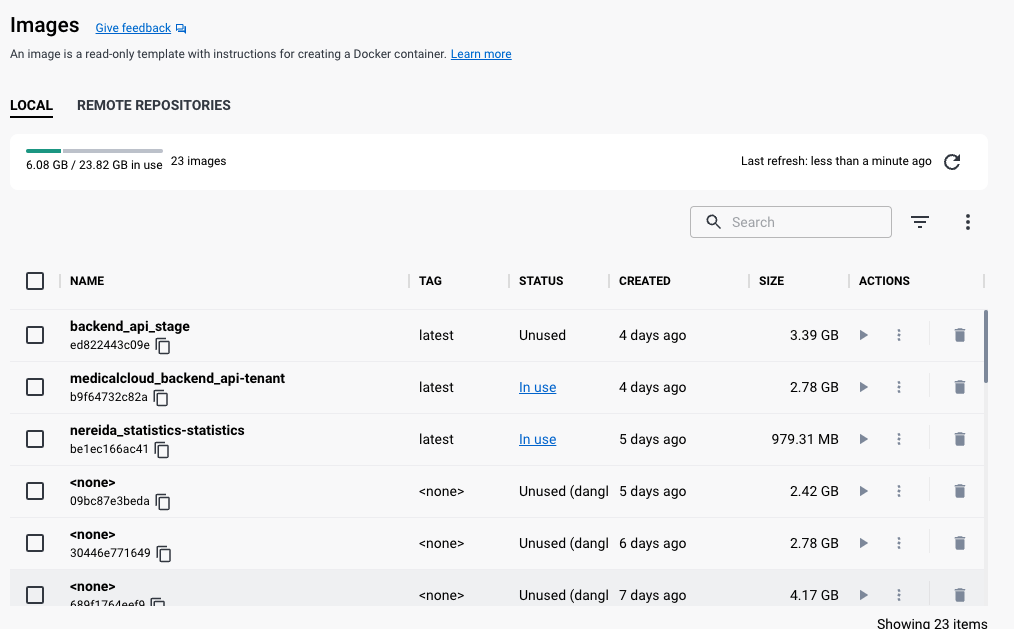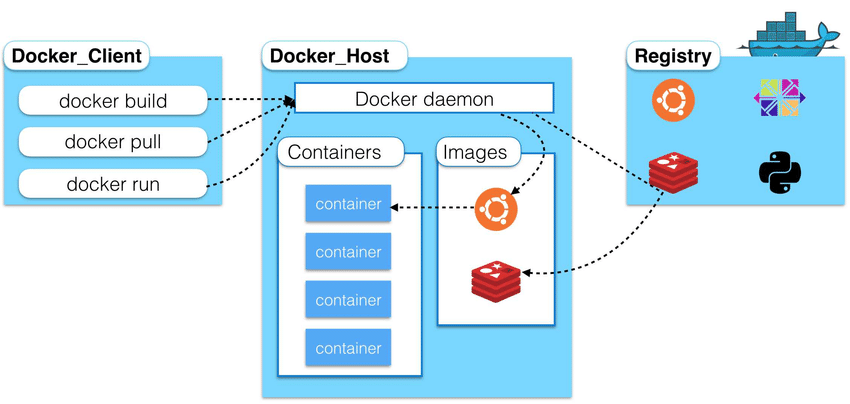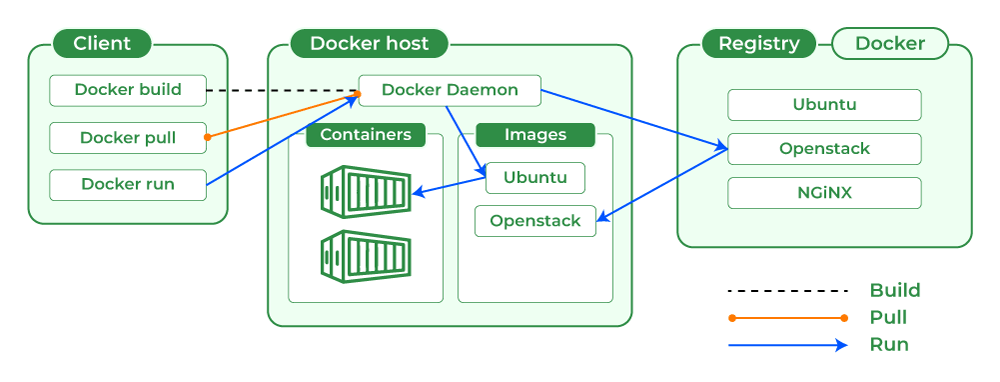What is Docker?
Docker is a platform that allows developers to build, ship, and run applications in containers. Containers are isolated environments that include all the necessary dependencies and libraries needed to run the application. This helps ensure that the application runs consistently across different machines and environments, regardless of the underlying operating system or hardware.
How Does Docker Work?
Docker works by using containerization technology. Containers are standalone packages that contain everything needed to run an application, including the code, runtime, system tools, libraries, and settings. Each container is isolated from the host system and other containers, making it easier to manage and deploy applications.
Docker uses a client-server architecture. The Docker client communicates with the Docker daemon to build, run, and manage containers. Docker images are used as templates to create containers, with each image containing a specific version of an application and all its dependencies.
Here’s a step-by-step breakdown of how Docker works:
- Create a Dockerfile: A Dockerfile is a script that defines the application’s environment, including its dependencies and how it should be configured. The Dockerfile is used to build a Docker image.

- Build the Docker Image: Using the Dockerfile, the Docker image is built. This image contains everything needed to run the application, including the code, dependencies, and configuration.

- Run the Docker Image: The Docker image is run in a container. This container is isolated from the host system and other containers, ensuring that the application runs consistently across different environments.
docker run [OPTIONS] IMAGE [COMMAND] [ARG...]
- Deploy the Docker Container: Once the Docker container is running, it can be deployed to different machines and environments, making it easy to scale the application and ensure it runs consistently across all instances.
Benefits of Docker
There are many benefits to using Docker for application development and deployment, including:
Portability: Docker containers are portable and can be run on any machine or environment that supports Docker, making it easier to deploy applications across different environments.
Isolation: Containers provide a high level of isolation, helping to prevent conflicts between applications and dependencies.
Efficiency: Docker containers are lightweight and use fewer resources than traditional virtual machines, making them more efficient and faster to deploy.
Scalability: Docker makes it easy to scale applications by quickly deploying additional containers to handle increased demand.
Illustrations
Here are some illustrations to help visualize how Docker works:

Docker Architecture
This illustration shows the client-server architecture of Docker. The Docker client communicates with the Docker daemon to build, run, and manage containers. Docker images are used as templates to create containers, with each image containing a specific version of an application and all its dependencies.

Docker Containerization
This illustration shows how Docker uses containerization to create isolated environments for applications to run. Each container includes all the necessary dependencies and libraries needed to run the application, ensuring that it runs consistently across different machines and environments.

Conclusion
Docker is a powerful tool for application development and deployment. Its standardized approach to containerization, high level of isolation, portability, efficiency, and scalability make it an essential tool for modern software development. Whether you’re a developer looking to build and deploy applications or a system administrator looking to manage and scale applications, Docker can help simplify and streamline the process.